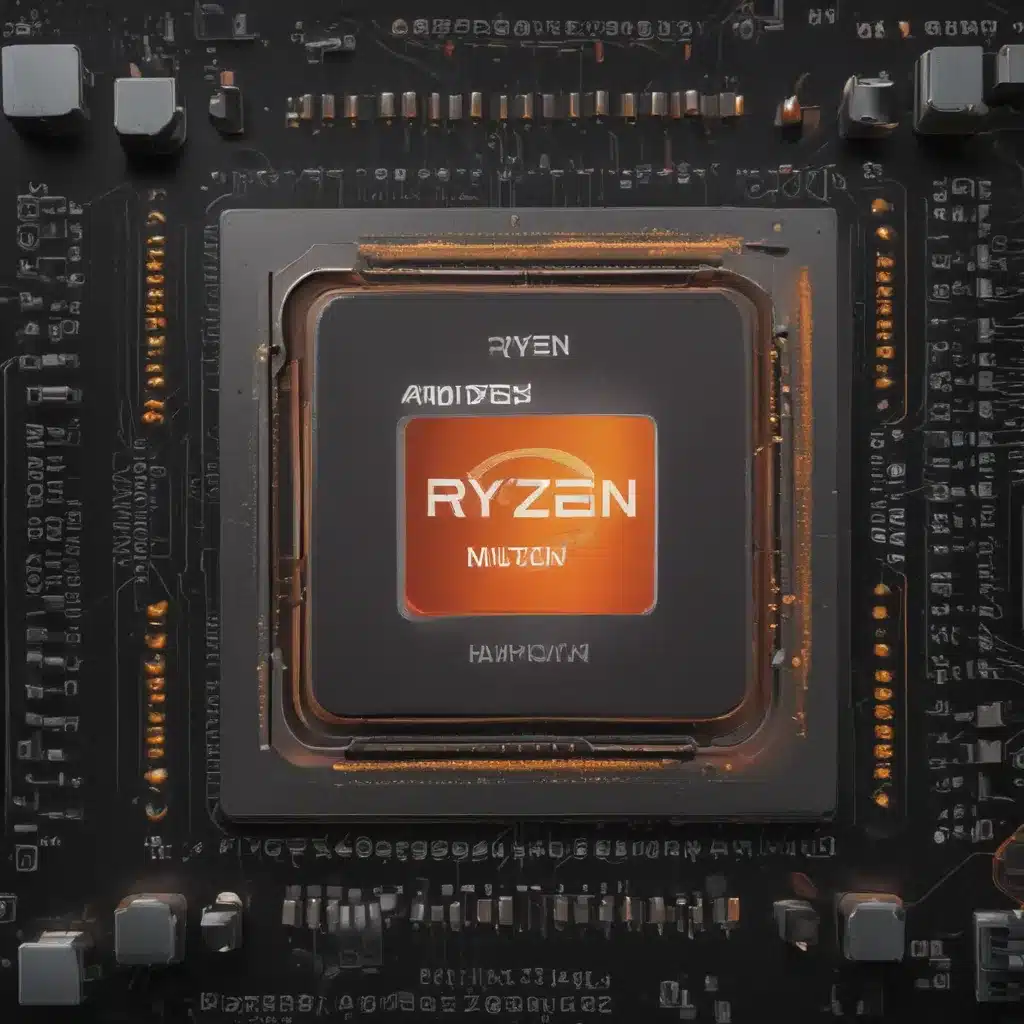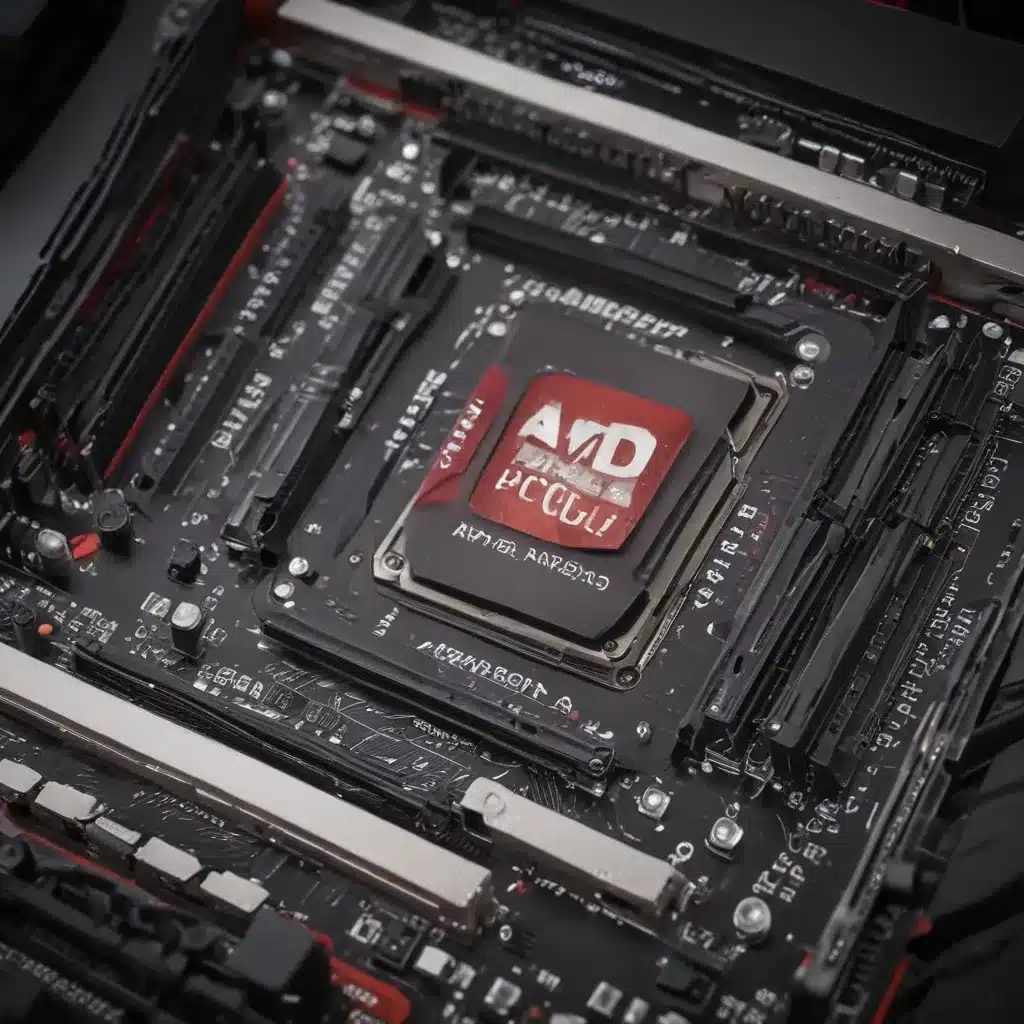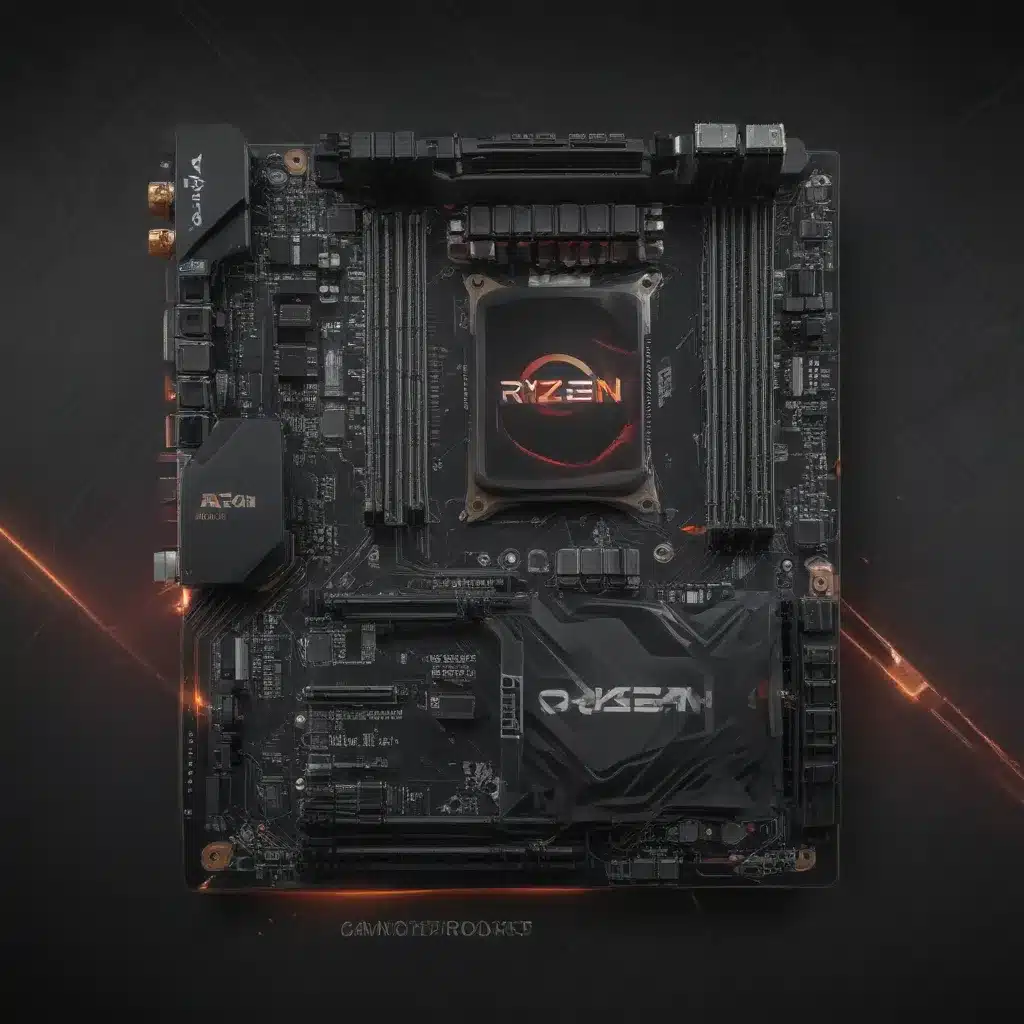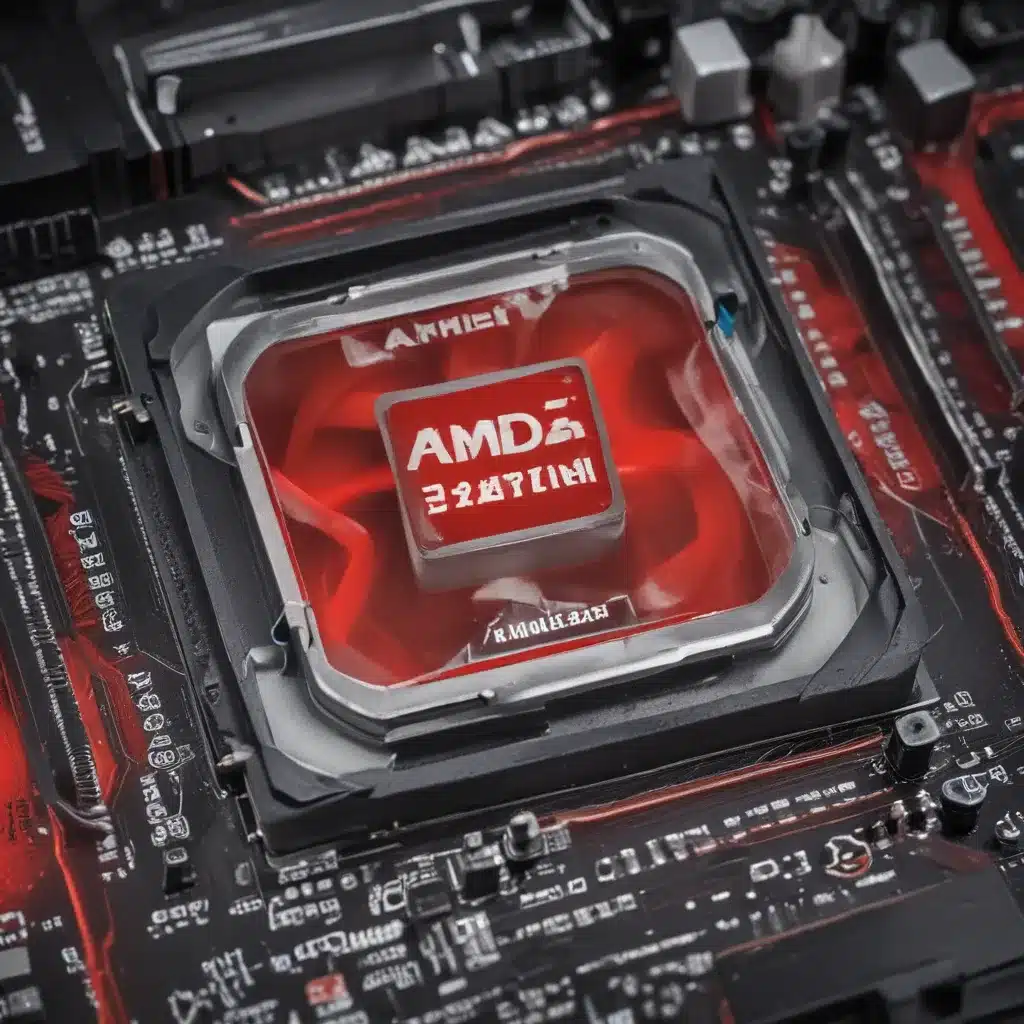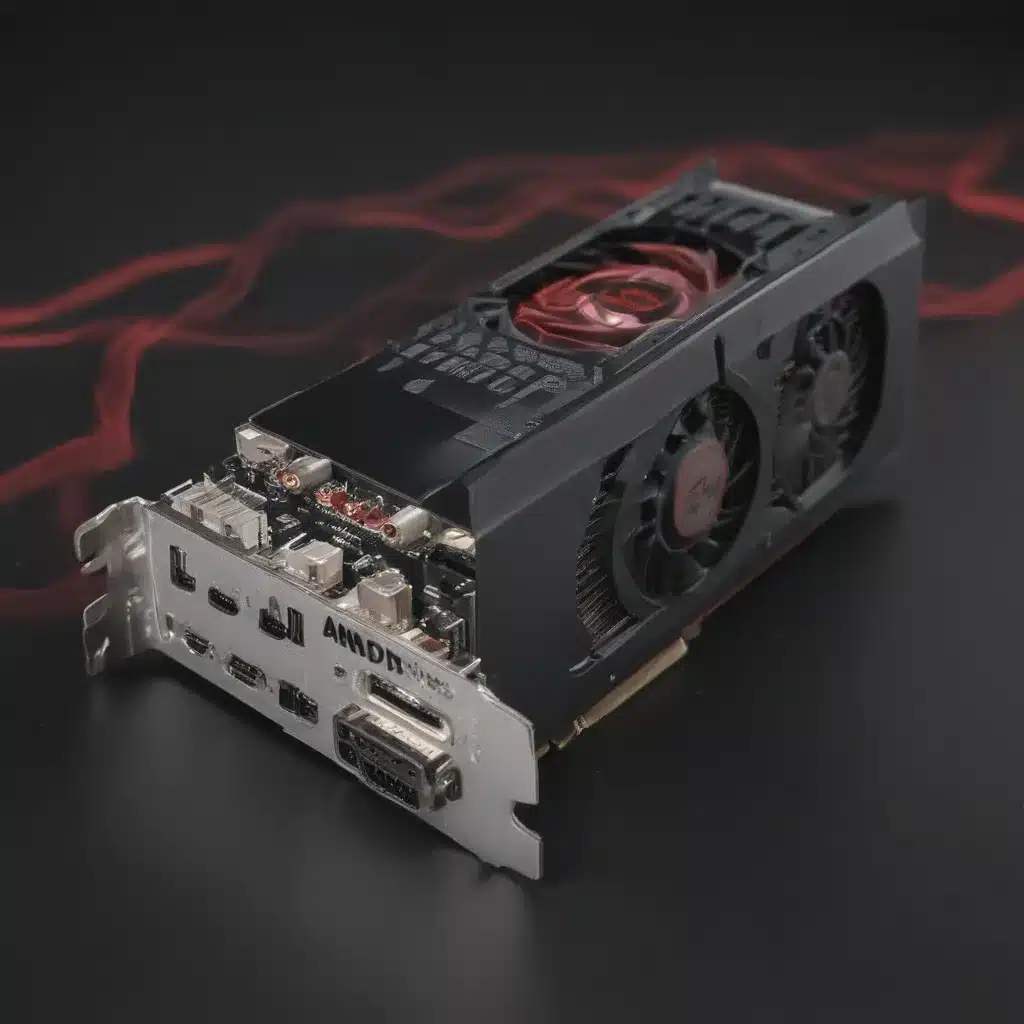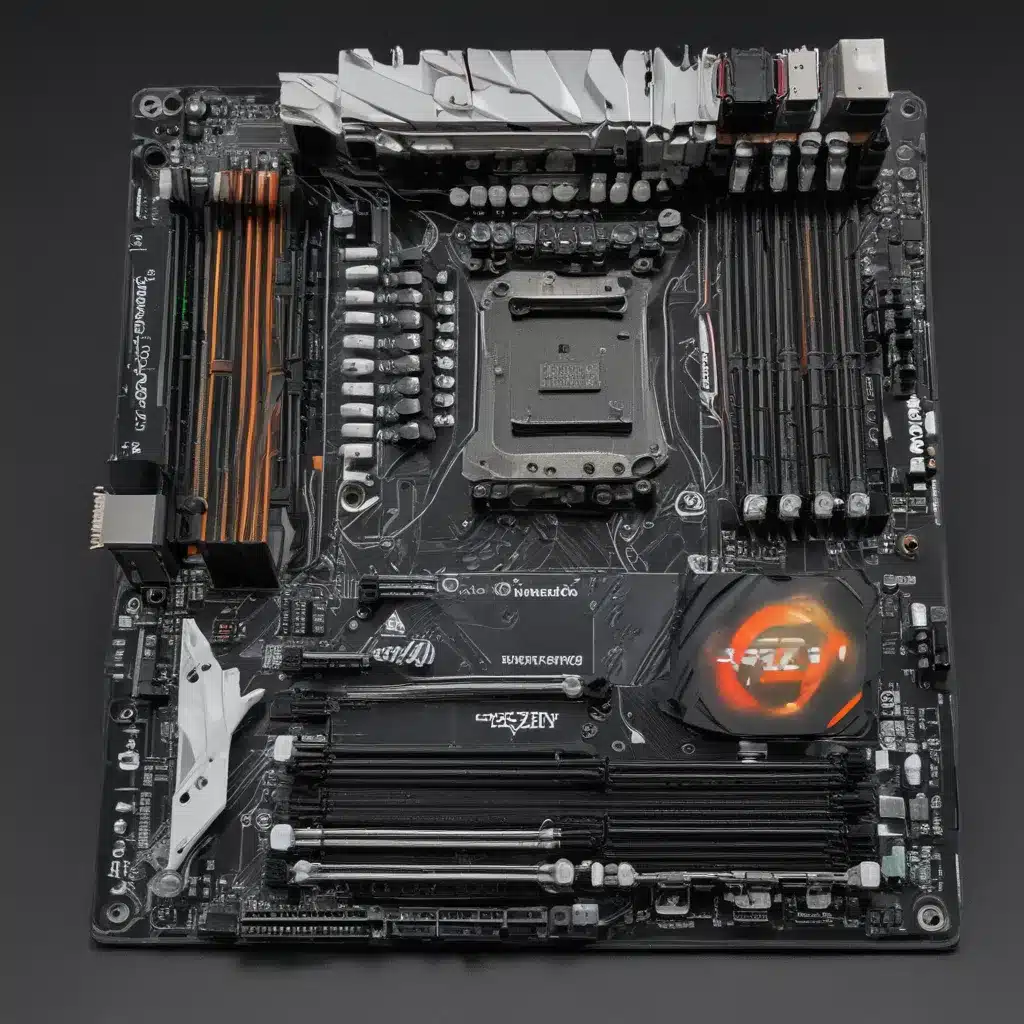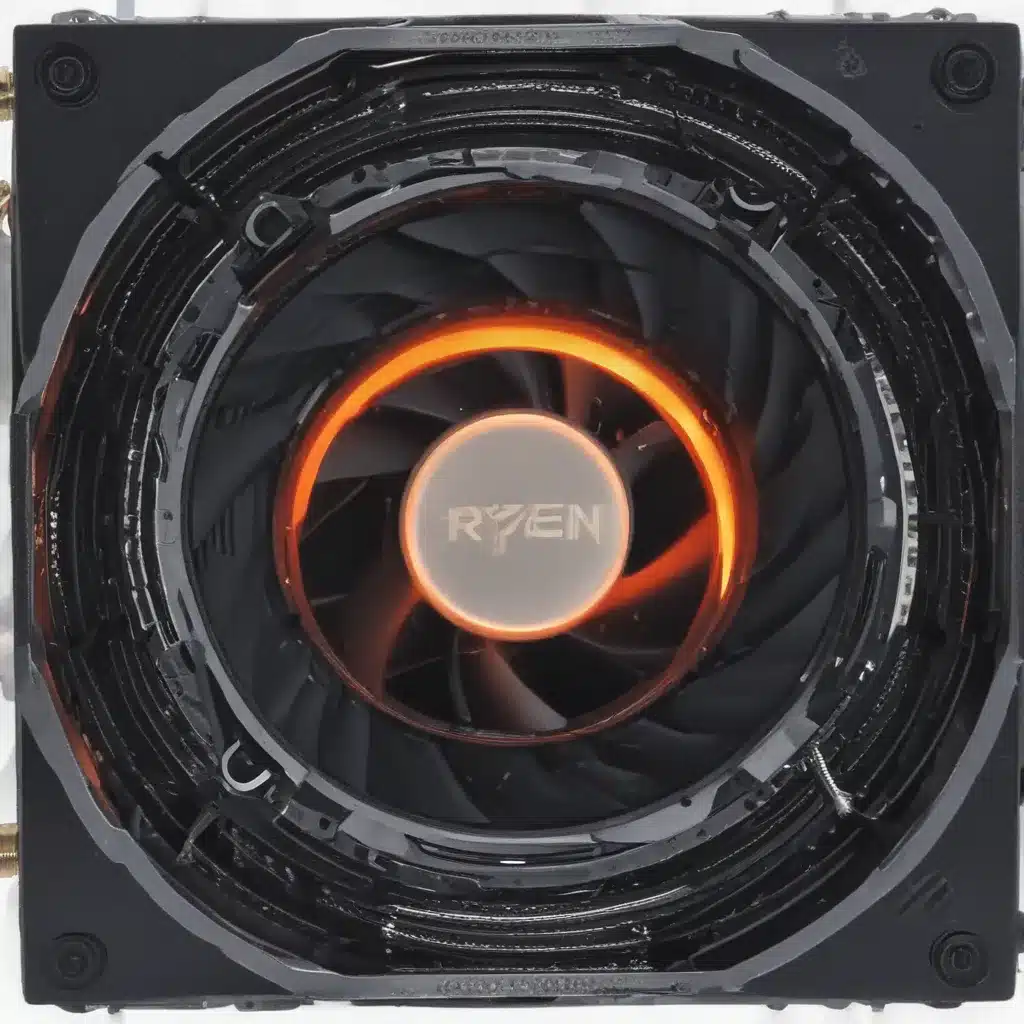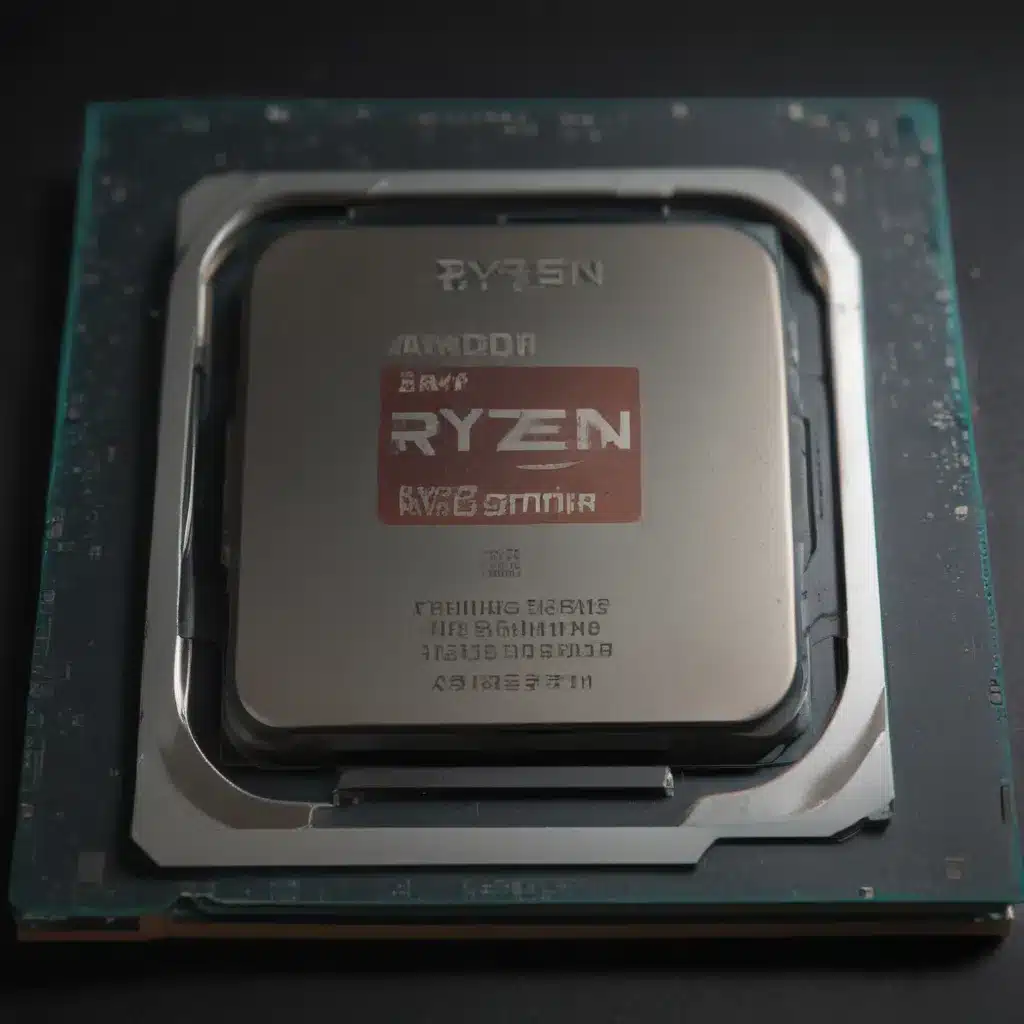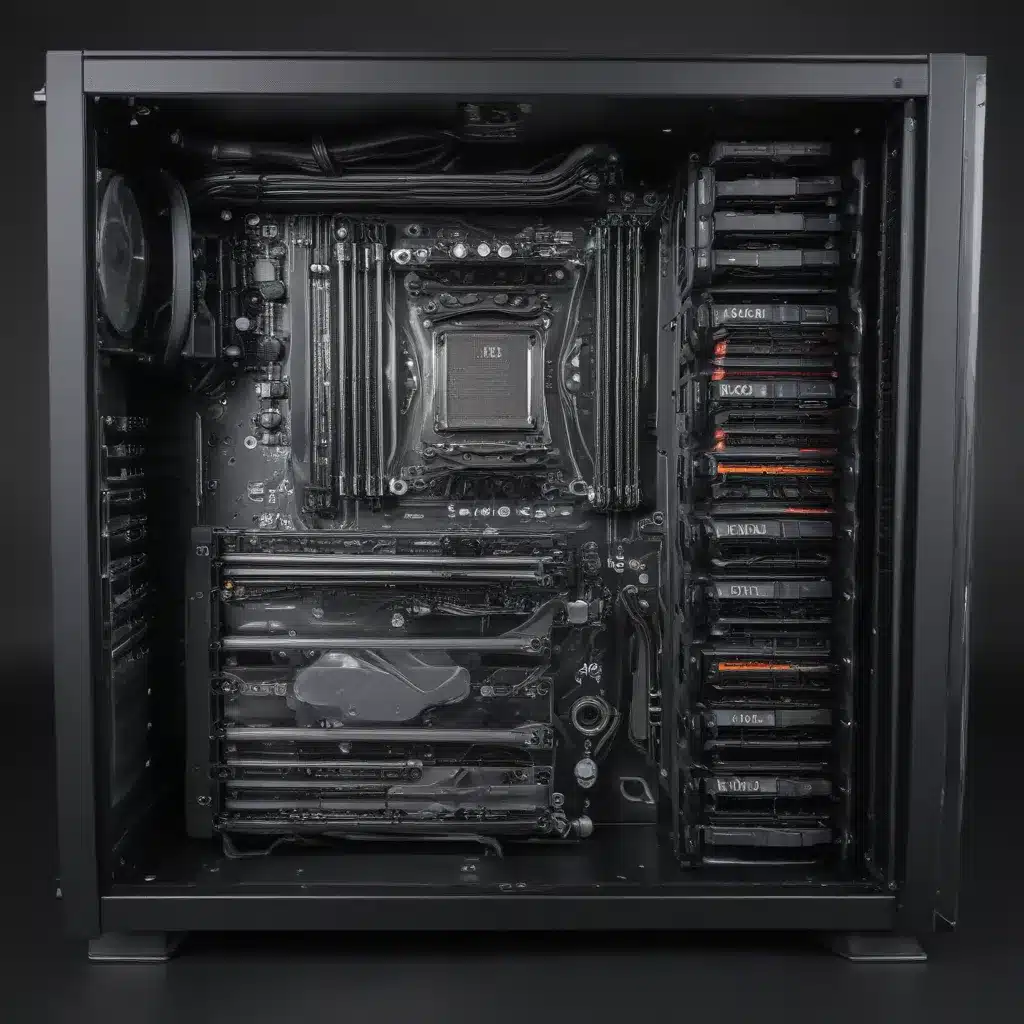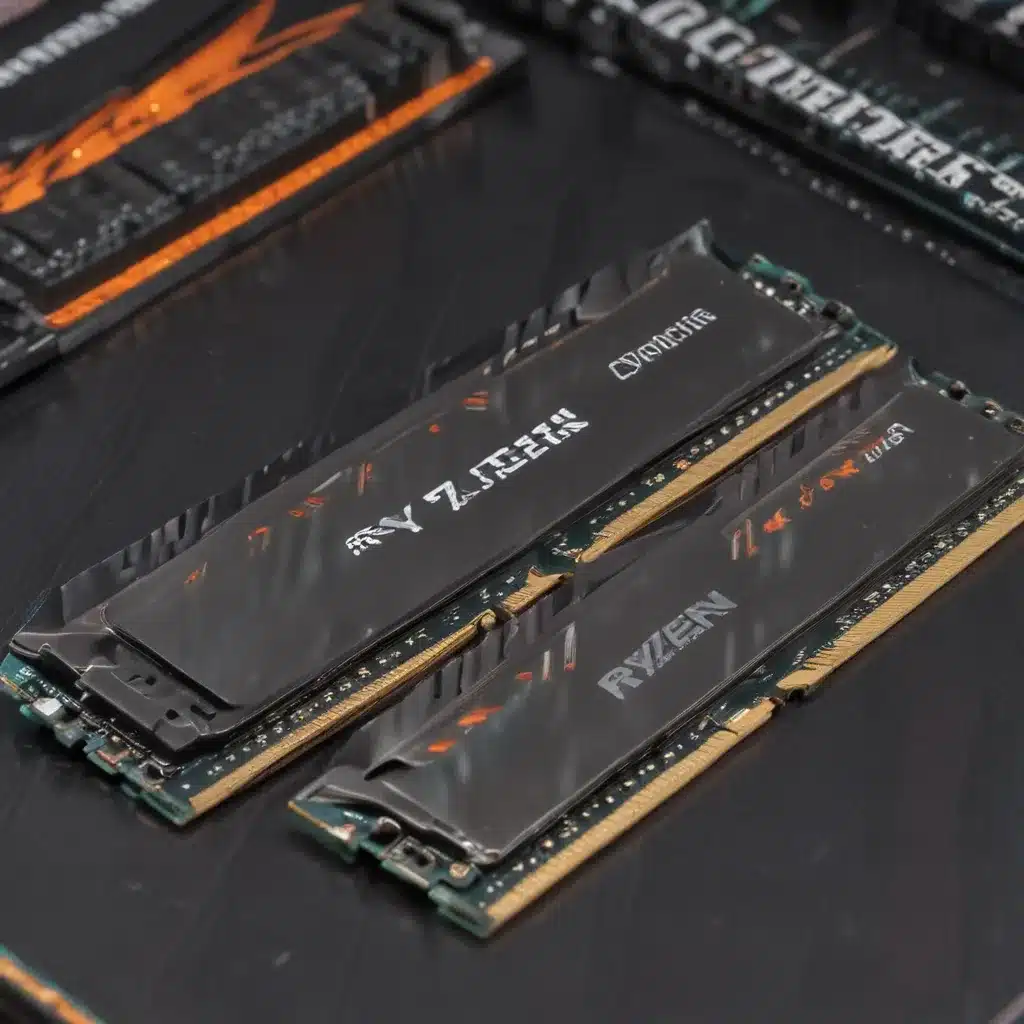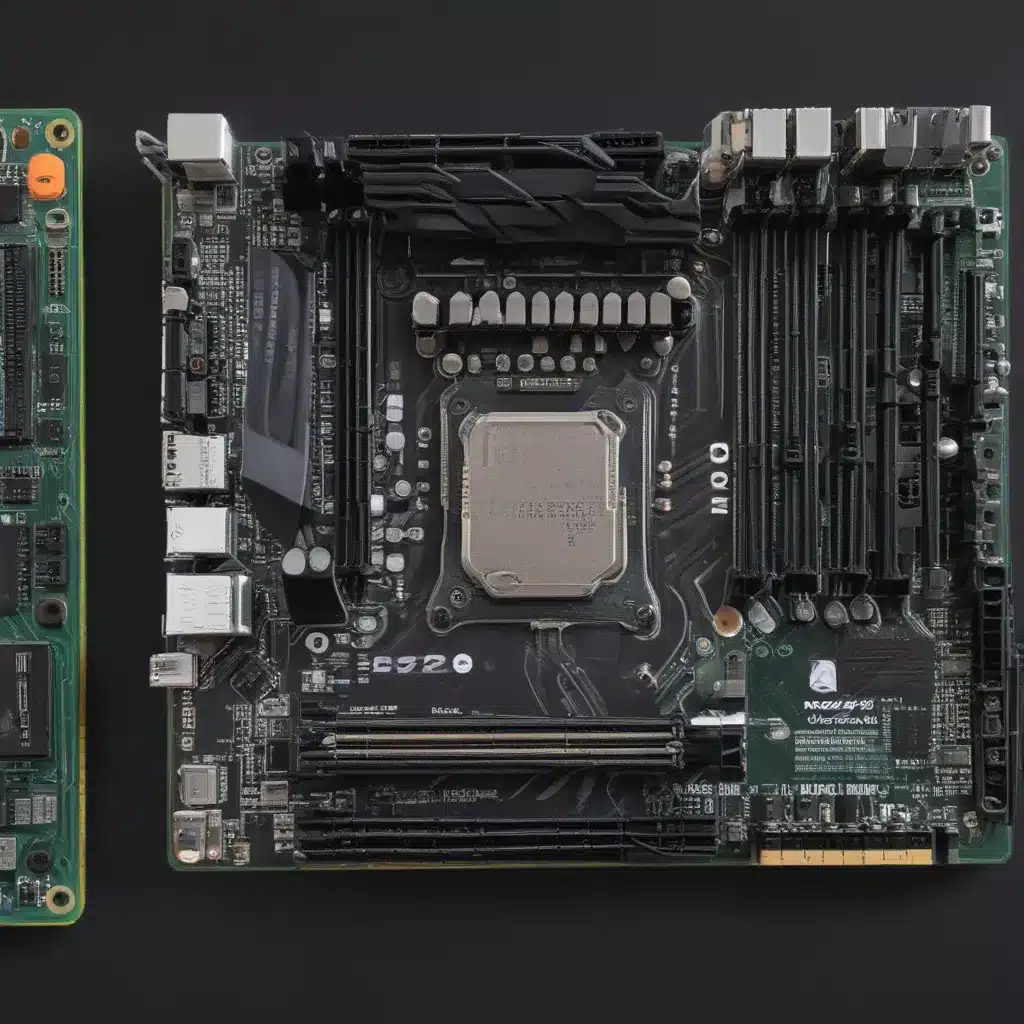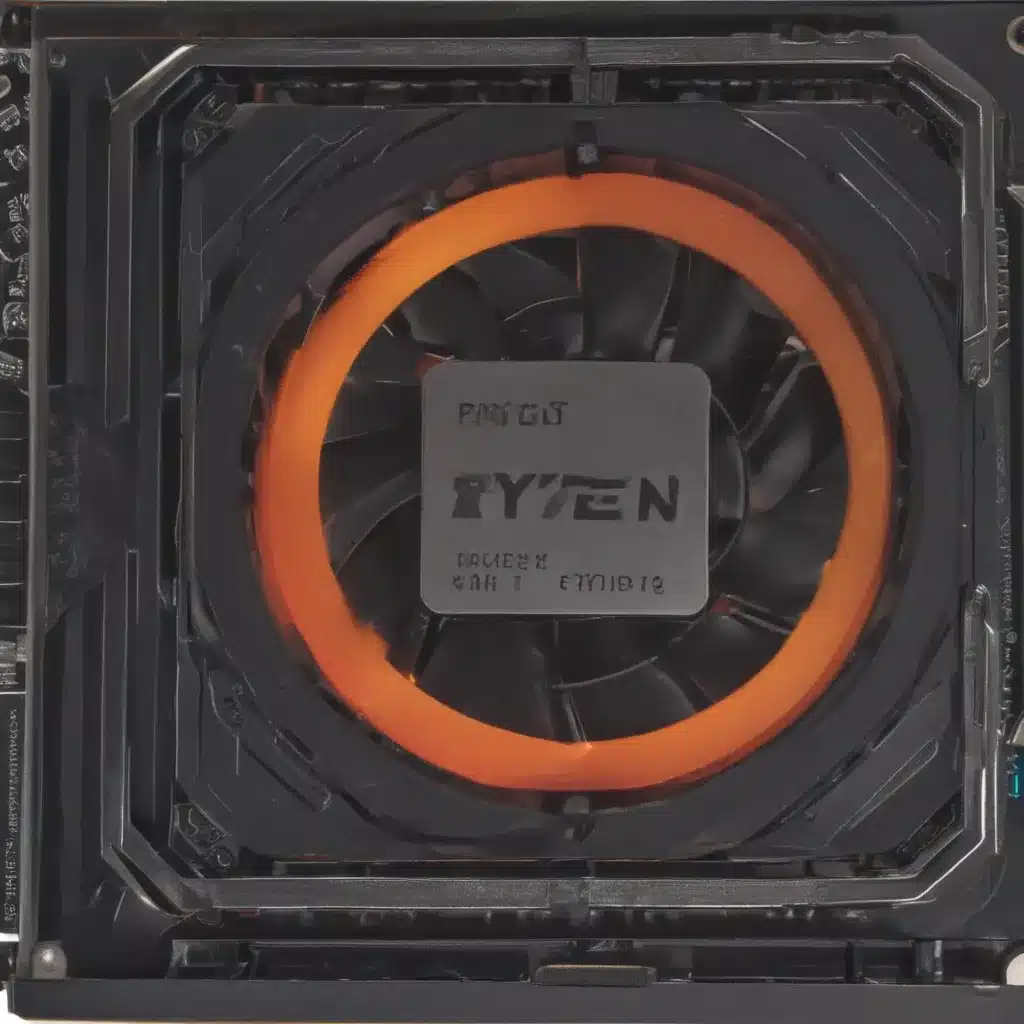Introduction
The field of 3D modeling and animation has traditionally relied on the skills of talented technical artists. However, recent advances in artificial intelligence are enabling new tools that can assist with – or even automate – key parts of the 3D modeling workflow. This raises important questions about how AI will impact the work of technical artists in the years ahead.
In this article, I provide an in-depth look at the rise of AI in 3D modeling and consider whether these new technologies really pose an existential threat to technical artists, or if they simply represent an evolution of the field.
The Promise of AI-Assisted 3D Modeling
AI has the potential to enhance and accelerate many aspects of 3D modeling and animation:
Automating Repetitive Tasks
Some 3D modeling tasks, like UV unwrapping or texture baking, can be tedious and time-consuming. AI tools can automate these repetitive processes to free up artists’ time for more creative work.
Generating Assets and Materials
AI can use generative algorithms to quickly produce 3D models of houses, trees, materials, and other common assets that artists would normally have to model by hand.
Suggesting Design Improvements
By analyzing 3D models, AI systems can provide feedback to help artists refine designs and achieve better results faster.
Integrating With Existing Tools
Leading 3D software like Maya and Blender are adding AI features to assist artists within their existing workflows. This allows a human-AI collaboration.
Clearly, AI has huge potential to enhance productivity for 3D artists. But could it go further and fully automate their jobs?
Will AI Make Technical Artists Obsolete?
As AI continues to advance, some predict it is inevitable that 3D technical artists will eventually be replaced by automation. However, there are good reasons to believe human artists will remain essential:
AI Still Has Limitations
While AI can generate impressively detailed 3D models, most experts agree that current AI cannot match the skill and creativity of human artists. AI tools are best for assisting humans, not replacing them.
Artistic Vision and Storytelling
Even if AI could produce assets, technical artists provide the artistic vision and storytelling expertise needed to use those assets effectively. As director Guillermo Del Toro puts it, “AI cannot imagine.”
Unique Projects Require Custom Work
For bespoke 3D projects, AI libraries of pre-generated assets have limitations. Human artists are still needed to do custom modeling and deliver unique results.
Demand for 3D Content is Growing
As demand for 3D animation and AR/VR grows, technical artists are needed to meet that demand. There is currently a talent shortage, so AI tools will aid human artists rather than replace them.
So while routine tasks will be automated, it seems certain that human technical artists will remain essential for the foreseeable future.
How Technical Artists Can Thrive Alongside AI
Rather than just worry about AI taking their jobs, technical artists should focus on adapting their skills to benefit from AI:
Focus on Creativity
Lean into creative, imaginative aspects of 3D art where humans excel over AI, like character design.
Embrace New Tools
Willingly adopt AI modeling assistants as they become available for established software. Find ways to integrate them into your workflow.
Automate Manual Tasks
Take advantage of automation to eliminate repetitive work so you can devote time to high-value artistic challenges.
Develop Complementary Skills
Diversify your expertise into areas like project leadership, client relations, and pipeline development which complement AI tools.
Continually Learn and Improve
As the field evolves, commit to lifelong learning so your skills stay relevant. See AI as an opportunity, not a threat.
By taking this adaptable mindset, technical artists can thrive along with the rise of AI.
The Future of Human-AI Collaboration
Rather than AI replacing technical artists, it is more likely we will see an era of productive human-AI collaboration:
- AI handles repetitive tasks like UV maps and bakes
- Artists focus their energy on creative challenges
- Generative AI provides initial assets as starting points
- Human artists refine and customize assets for projects
- AI provides rapid feedback to iterate and improve designs
- Technical artists oversee projects and make executive creative decisions
This human-AI symbiosis in 3D modeling parallels the path of other creative fields like photography and music. The unique strengths of both humans and AI complement each other to raise overall quality, productivity and customization.
So while AI will undoubtedly take over some tasks, the unique imagination and custom craft of human technical artists remains essential. Rather than the end of an industry, AI represents an exciting new chapter in its evolution.
Conclusion
AI-assisted tools have huge potential to improve efficiency for 3D artists by automating repetitive processes. However, current AI still cannot match the creative problem-solving and custom craft of human technical artists. For the foreseeable future, humans remain essential for their artistic vision, imagination and adaptability. By embracing AI as a collaborative tool rather than a threat, technical artists can thrive as the field evolves. While routine tasks will be automated, the demand for uniquely skilled human artists is unlikely to disappear. We can look forward to an era of productive human-AI cooperation that takes 3D art and storytelling to new heights.


